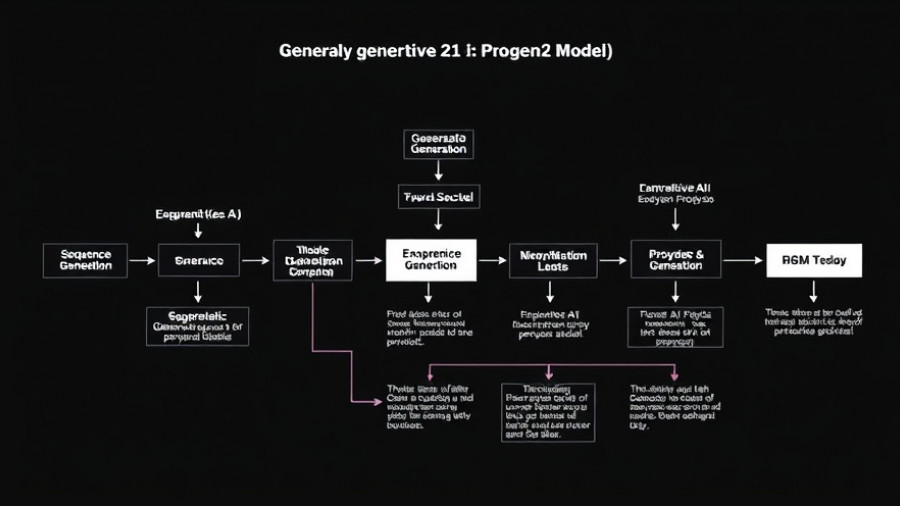
The Future of Hands-Free Driving: What to Expect by 2028
By 2028, the automotive landscape will be transformed as General Motors (GM) plans to launch the Cadillac Escalade IQ, featuring pioneering "hands-free, eyes-off" technology. This system will usher in a new era of autonomous driving that allows drivers to disengage from steering and monitoring under specific conditions, a leap from the existing Super Cruise technology that first made waves in 2017.
The Level 3 automation system, as categorized by the Society of Automotive Engineers (SAE), will provide a safety-focused experience on highways, operating across a network of 600,000 mapped miles. This significant advancement indicates that GM is not only doubling down on autonomous technologies but is also determined to maintain its competitive edge amid challenges such as the recent decline in electric vehicle (EV) production and the expiration of tax incentives that have hampered growth.
Why Eyes-Off Driving Matters
The implications of the Level 3 driving system extend beyond mere convenience. As autonomous technology evolves, it prompts substantial considerations in safety, logistics, and driving culture. Industry experts emphasize that while drivers can focus on other tasks, the requirement to remain alert means that this technology enforces a new kind of vigilance.
Moreover, GM has a solid track record with its Super Cruise system, having accumulated over 700 million miles of hands-free driving without accidents attributed to its technology. The insights gained from this data and experience, combined with operational knowledge from GM's now-defunct Cruise robotic taxi service, will enhance the safety measures for the Escalade IQ, making its rollout particularly noteworthy for developers and engineers.
Centralized Computing: Unifying Vehicle Functions
A pivotal factor contributing to the success of this new technology will be GM's centralized computing architecture. This shift will streamline all vehicle systems—including propulsion, steering, and safety—under a single, high-speed core, drastically reducing hardware complexity while enhancing operational efficiency. By leveraging state-of-the-art NVIDIA processors, this system promises a performance boost up to 35 times compared with previous iterations.
Such advancements indicate that cars will not just be vehicles but fully integrated software-defined entities capable of ongoing improvement and adaptation. This transformation will redefine user experiences in vehicles and create implications for AI developers and engineers who will need to fine-tune algorithms to optimize performance across various environments.
The AI Revolution: Beyond Just Driving
In tandem with the automotive innovations, GM is looking ahead to integrate Google's Gemini AI into its vehicles as early as 2026, enhancing voice recognition and natural language processing capabilities. This evolution in AI will foster new interaction modes between drivers and their vehicles, allowing for seamless conversations regarding navigation, entertainment, and system commands.
The incorporation of generative AI into everyday driving scenarios lays the groundwork for personalizing experiences through predictive analytics and real-time adjustments. For developers, understanding how to integrate advanced AI capabilities with traditional automotive functions becomes critical as the lines between smart technology and transportation continue to blur.
Conclusion: Embracing the Future of Mobility
As GM sets its sights on 2028, the introduction of hands-free, eyes-off driving technology marks not just a milestone for the company but also for the automotive industry as a whole. The innovations in AI and centralized computing are set to redefine personal mobility, making it essential for technology developers and engineers to stay ahead of the curve in this rapidly evolving landscape.
 Add Row
Add Row  Add
Add 




Write A Comment